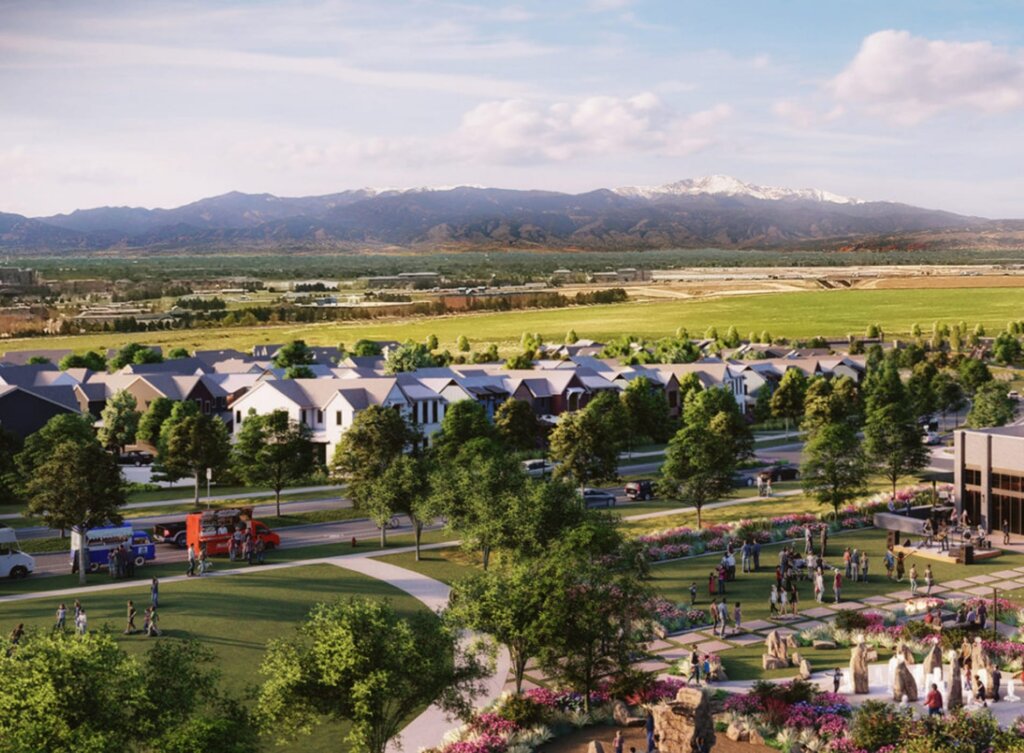Stay in the Know
(All fields required)


New home, new amenities and new infrastructure. It all comes together thanks to Kinston’s Metro Districts. Metro Districts allow our community to invest in itself by carefully directing revenue towards important public infrastructure – roads, sidewalks and water/sewer lines, for instance – the basic needs of every city neighborhood. However, it also includes Kinston’s parks and open space and recreational trails. These are the things that create lasting value and enrich the quality of life for homeowners as Kinston grows.
Kinston Metro Districts are governed by a five-person Board of Directors, elected by eligible registered voters – including property owners and renters living within the District. The board holds regular meetings, which are open to the public and announced well in advance. So people can have their questions answered directly by those responsible for the Metro Districts themselves. Kinston’s Metro Districts also maintain a website with details about the Districts’ services and governance. The intention is to be as transparent as possible and make the operation and value of Kinston’s Metro Districts as clear as Colorado sunshine.

Financing infrastructure through tax-exempt municipal (metro district) bonds is more cost effective than traditional bank financing and yields a lower overall infrastructure cost. The costs are repaid over many years through property taxes, rather than entirely through the initial sales price of a home.

Metropolitan districts are political subdivisions of the State and impose property taxes to generate the revenue needed for funding the construction of infrastructure as well as funding operations and maintenance. In Colorado, property taxes are paid on the “assessed value” of a property. Residential property currently is assessed at 7.15 % of the actual value of a home (actual value is established by the County assessor). Non-residential property currently is assessed at 29% of the actual value of the property (actual value is established by the County assessor).

Using metropolitan districts to finance the infrastructure of new development allows growth to pay its own way. Due to the passage of the Taxpayer Bill of Rights (TABOR) in 1992, cities and counties often do not have the ability to assist in financing the infrastructure that serves new development. Metropolitan districts are an efficient way to fill that void, providing the new development, and those who live and work within it, the ability to fund necessary infrastructure over time, through the issuance of tax-exempt municipal bonds. To learn more, please visit the official Kinston Metropolitan Districts website or one of the other informative links below.
